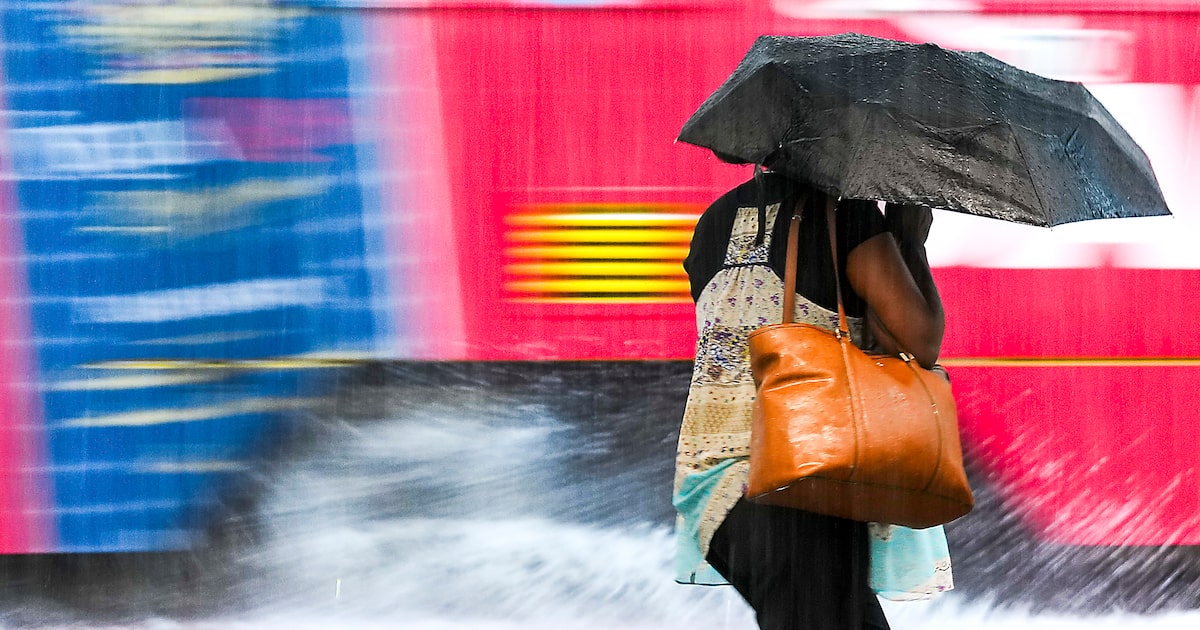Across Dallas-Fort Worth, some residents have been theorizing that July has been remarkably rainy.
It’s an understandable position — over the first 15 days of the month, at least trace amounts of precipitation were recorded on 13 of them. But depending on how the rainfall data gets sliced and diced, it can end up looking a lot less extraordinary.
Here are the details on this month’s showers:
It depends on where you measure
D-FW Weather Wise
Summer showers often aren’t as large of a system as spring storms, only affecting pockets of a region like Dallas-Fort Worth.
In the first half of the month, DFW International Airport, the official climate measurement spot for the region, got 1.5 inches of rain. But much of the region saw more than that, with sites in Arlington, Fort Worth, Plano and Garland all measuring between 2-3 inches. And even more rain was recorded in central Dallas, the Park Cities and Mesquite, where residents got 4.5-5 inches.
Allison Prater, a meteorologist with the National Weather Service, said those summer storms are known as “popcorn” showers, since they pop up on the radar and subsequently fall off just as quickly. She also said these storms don’t move as much, usually sticking to one spot and raining on itself until the air is out of water.
In recent weeks, Prater said North Texas has had a more moist, tropical environment, which encourages heavier rainfall when showers do develop.
Historical comparisons
The 30-year average of July rainfall for the metro area, or more specifically at DFW Airport, is 2.08 inches. The region would have been well on its way to beating the average if showers had continued, but conditions have taken a turn toward dry, sunny days for the foreseeable future.
The weather service does not have any rain in the forecast for the next week, and the Climate Prediction Center has North Texas on the border of below-average precipitation chances for the rest of the month. If it doesn’t rain again in July, the region’s official precipitation total will actually end up below the norm.
That possibility is particularly surprising given the 13 days rain has been measured, compared to the July average of six days with at least trace precipitation. Usually, more days of rainfall result in a higher precipitation total for the month, but some years buck that trend with a particularly heavy downpour or a series of sprinkles.
But this year’s likely combination — lots of rain days with relatively low cumulative water — isn’t unheard of. A similar set of circumstances occurred in 2021.
The region’s high number of rainy days also makes more sense when folding in the geographic data. DFW Airport appears to have repeatedly been on the edge of the summer showers, only collecting stray droplets when most of the water fell elsewhere. Only two days, July 12 and 14, make up most of this month’s precipitation at the airport.
In terms of how the entire summer — June, July and August — compares to other years, it’s still a little early to say. The 30-year average for the entire summer is a little over eight inches, something the region is still far off from, with the airport only approaching four inches. But more intense summer showers may still arrive in August.
